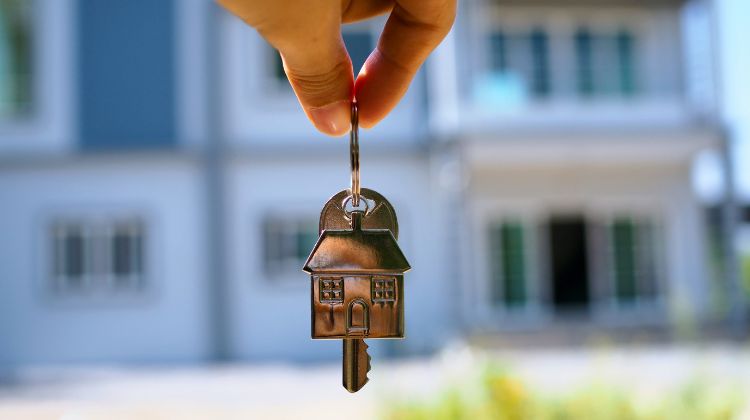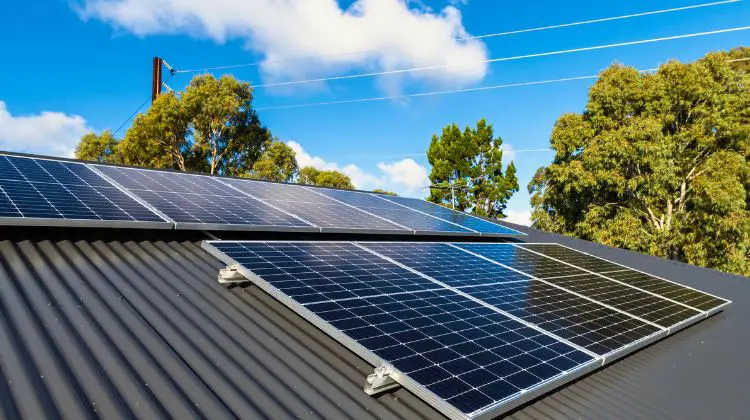Have you been watching the headlines? It seems like every financial news show is buzzing about it. For the first time this year, a significant mortgage rates drop has everyone talking. It is the kind of news that makes your ears perk up, especially if you’re a homeowner or dreaming of becoming one in the current real estate market.
You might be thinking, “This is great, but what does it actually mean for me?” You are not alone. A dip in rates feels like a golden ticket, but figuring out how to use it can be tricky. You want to make a smart move, and this moment with the current mortgage rates drop is your chance.
You will learn the clear, simple steps you can take right now. We will walk through exactly how to take advantage of this shift. This will help you either lower your current house payment or finally get the keys to a new home.
Table of Contents:
- Why You Can’t Afford to Ignore a Mortgage Rate Drop
- 6 Smart Moves to Make When Mortgage Rates Drop
- 3. Polish Your Credit Score
- Refinance vs. Purchase: A Different Game
- Conclusion
Why You Can’t Afford to Ignore a Mortgage Rate Drop
It is easy to see a number like the average rate for a 30-year fixed rate loan and still feel a little sticker shock. After all, many of us remember when rates were at their lowest level. But that was a different time, and in today’s market, this new, lower rate is a big deal.
For many people, getting a rate that starts with a “6” feels like a psychological win. It makes homeownership feel more within reach again. That small change in percentage points can shave a surprising amount off your monthly payment.
Over the life of a 30-year loan, that small difference adds up to tens of thousands of dollars in savings. It is money that stays in your pocket for retirement, your kids’ education, or that home renovation project you have been planning. This is why paying attention to your personal finance is so important now.
6 Smart Moves to Make When Mortgage Rates Drop
Okay, so you are ready to take action. But what is the first step? Here are six proven strategies you can use to get the best possible deal while rates fall.
1. Shop Around for the Best Deal
You would not buy the first car you test drive, right? The same logic applies to your mortgage. Do not settle for the first quote you get from a lender, because it could cost you a fortune down the road.
You should get quotes from at least three different lenders, maybe even more. “Mortgage lenders are fighting for every customer, so it pays to shop around,” says Chad Smith, president of Better Mortgage. They all want your business, which puts you in a powerful position.
Even though lenders often use the 10-year Treasury yield as a starting point, they all cook up their own final offers. One lender might be more aggressive with their pricing on a particular day to meet their goals. Getting multiple offers lets you see who is most hungry for your business.
2. Get Ready to Lock in Your Rate
The mortgage market can change in the blink of an eye. A great rate you see today might be gone tomorrow. This is where a mortgage rate lock comes into play; it freezes your offered interest rate for a set period, usually 30 to 60 days.
Of course, trying to time the market perfectly is a fool’s errand. Experts often warn against it. As Bill Banfield from Rocket Mortgage points out, “A home is a quality-of-life decision,” not just a financial one. You should not pass on your dream home just to chase a slightly lower rate.
But being prepared is different from trying to time the market. Pay attention to daily rate movements reported by sources like Freddie Mac®. If you see a dip that looks good and feels right for your budget, be ready to lock it in, especially if you see that mortgage rates dropped.
3. Polish Your Credit Score
This is probably the least surprising tip on the list, but it is also one of the most powerful. A higher credit score almost always means a lower interest rate. Lenders see you as less of a risk, and they reward qualified borrowers with better terms.
The difference is bigger than you might think. Major mortgage buyers like Fannie Mae use a pricing system that heavily favors high credit scores. A borrower with a 780 score could pay a tiny pricing adjustment, while someone with a score under 640 might get hit with a fee that adds a significant basis point increase to their rate.
What can you do? Start by paying every single bill on time, including credit cards, student loans, and any personal loans. Then, look at your credit card balances. If you can pay them down to below 30% of your credit limit, you will often see a nice bump in your score.
4. Reconsider Your Down Payment Size
Just like your credit score, the amount of money you put down affects your interest rate. The key metric here is your loan-to-value (LTV) ratio. A lower LTV, which comes from a larger down payment, makes you a more attractive borrower.
We all know the 20 percent down payment rule for avoiding private mortgage insurance (PMI). But what many do not realize is that putting down 25 percent can sometimes unlock an even better interest rate. It shows the lender you have serious skin in the game.
But let’s be realistic. Saving up a huge down payment is tough, especially for first-time buyers in a hot housing market. If a smaller down payment is what gets you into a home you can afford, that is perfectly fine. Do not let the pursuit of a perfect LTV keep you from owning a home.
5. Look at Shorter Loan Terms
The 30-year fixed-rate mortgage is the most popular kid on the block for a reason. It offers the lowest, most predictable monthly payment. But it also comes with a higher interest rate than its shorter-term siblings like the 15-year fixed rate mortgage.
For instance, while a 30-year loan might have a rate of 6.63 percent, a 15-year mortgage could be closer to 5.79 percent. That is a huge difference. The monthly payment on a 15-year loan will be higher, but the long-term savings are staggering.
Here is a quick example. On a $300,000 loan, the 30-year option at 6.63 percent would cost you about $392,000 in total interest. The 15-year option at 5.79 percent would cost just under $150,000 in interest. That is nearly $240,000 saved just by paying the loan off faster.
6. Think About Paying for Points
If you are really determined to get the lowest rate possible, you might want to consider paying for it upfront. This is done through something called mortgage points, or discount points. Each point typically costs 1 percent of your total loan amount and can lower your rate by a fraction of a percent.
Bill Banfield of Rocket Mortgage calls it “nothing more than prepaid interest.” He suggests that if you plan on staying in your home for a long time, like five years or more, buying down your rate can be a very smart financial decision. You just need to calculate the break-even point to see when the upfront cost is paid back through monthly savings.
With rates hovering where they are, many borrowers are paying points to get their interest rate to a more comfortable number. There is a big psychological pull to getting a rate that starts with a “5” instead of a “6.” Paying points can often get you there.
Refinance vs. Purchase: A Different Game
Your strategy should change depending on whether you are buying a new house or refinancing your current one. Each scenario has its own priorities. This is an important distinction to make for your personal finance economy.
If you are looking to refinance, your decision is almost entirely about timing and numbers. A mortgage rate drop is your signal to start shopping as refinance rates become more attractive. Your whole goal is to swap your old, higher-rate loan for a new, cheaper one and save money.
But if you are buying a home, the rate is just one piece of a much larger puzzle. The most important thing is finding the right home in a neighborhood you love, at a price you can comfortably afford. A lower interest rate is a wonderful bonus that makes your dream more affordable, not the sole reason to buy.
When mortgage rates fell recently, we saw a direct impact on purchase application activity. This is because lower rates increase buying power. A small drop in the average rate can make a previously unaffordable home fit into your monthly budget.
Keep an eye on trends in purchase application numbers. An uptick can signal more competition among buyers. This makes having your financing pre-approved even more important, so you can act quickly when you find the right property.
Conclusion
A mortgage rates drop is an incredible opportunity for both current homeowners and aspiring ones. It opens doors to lower monthly payments, significant long-term savings, and the financial freedom that comes with them. Now you have a clear game plan to make the most of this moment.
You can start by shopping around for the best offer and making sure your credit is in top shape. You can also explore different down payment options or shorter loan terms. The key is to be informed and ready to act when you find the right deal for your family.
Do not let this moment pass you by. When you see that a mortgage rates drop has happened, it is time to take control of your housing costs and build a stronger financial future.








Reader Interactions